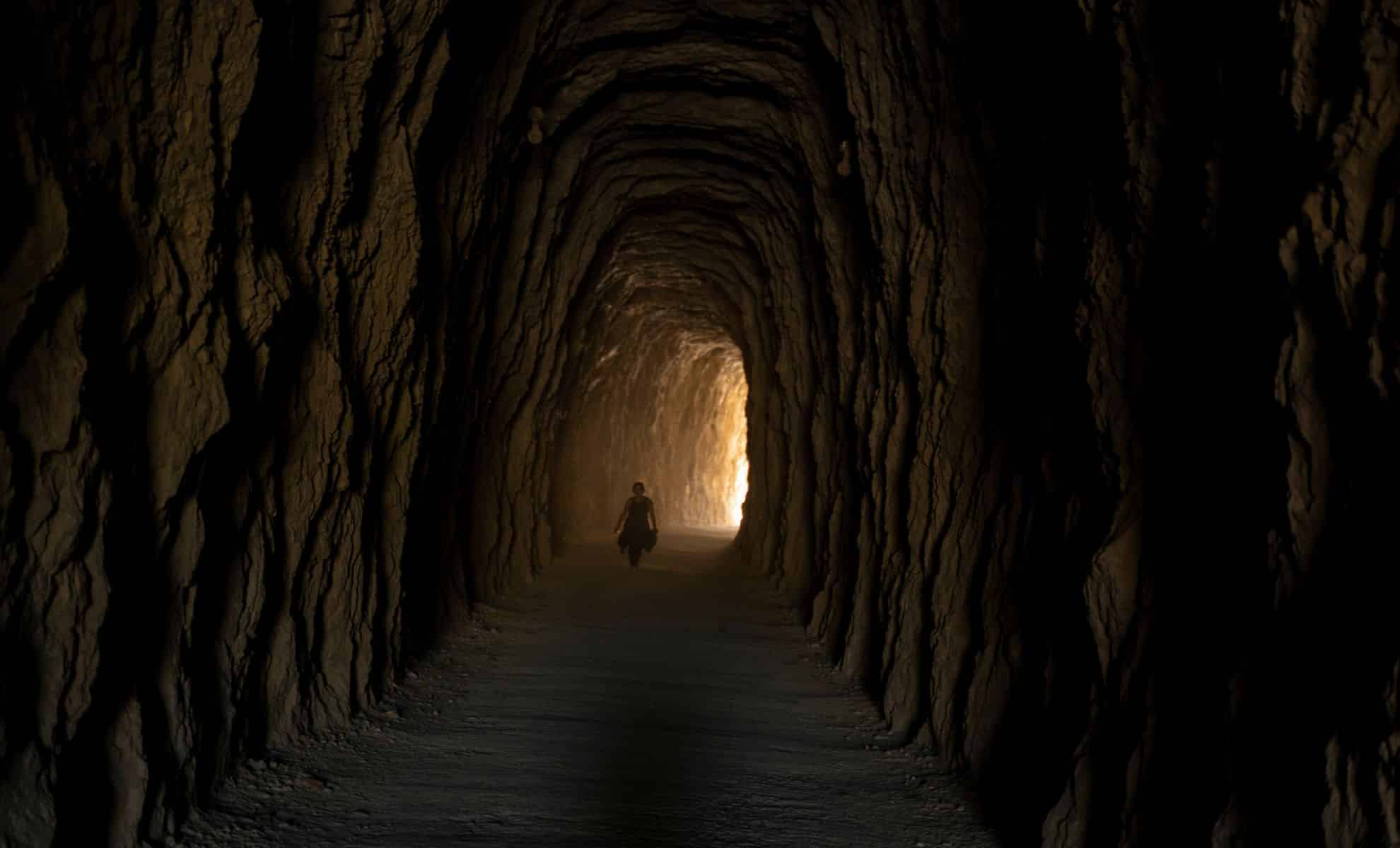Recent research has made a remarkable revelation that may alter our understanding of early human evolution. In Skhul Cave, Israel, a burial site dating back approximately 140,000 years, scientists uncovered the remains of a young child who exhibited traits of both Neanderthals and Homo sapiens. This finding implies that early human interbreeding may have been more prevalent than previously believed. The Skhul site, recognized as one of the oldest cemeteries in the world, has piqued the interest of researchers for many years.
The Skhul Cave has been extensively studied, with earlier research indicating that prehistoric humans in the Levant began burying their deceased around 100,000 years ago—an important milestone in cognitive and social behavior attributed primarily to Homo sapiens. However, the classifications of those interred at Skhul have often been ambiguous, as several skeletons feature characteristics of archaic Homo sapiens, while others appear more similar to Neanderthals.
A focus of this latest study was on a child estimated to have died between the ages of three and five. Initially classified as a part of a “transitional Homo phase” bridging Neanderthals and modern humans, subsequent investigations led researchers to categorize the remains as anatomically modern human. However, upon further analysis, they observed distinctive traits—particularly in the jawbone—which closely resembled that of Neanderthal children found in France and Spain.
This prompted the team to employ advanced imaging techniques to construct the first 3D model of the child’s inner ear, shedding light on its evolutionary background.
Skhul Cave is situated within the Nahal Me’arot area of Mount Carmel, where a terrace in front of the cave features breccia deposits, including multiple human skeletons that date back around 100,000 years.
The analysis revealed a hybrid nature in the child, as its cranial vault showed significant resemblance to Homo sapiens, while the mandible exhibited Neanderthal-like traits. These observations led the researchers to propose that the child could represent a genetic blend of the two species. Additionally, the structure of the inner ear, critical for sensory and cognitive function, displayed similarities to Homo sapiens, suggesting the child may have shared cognitive attributes with modern humans. However, the child’s dental features—rounded dental arch and tooth alignment—mirrored Neanderthal morphology, further underscoring its hybrid characteristics.
This discovery hints at a genetically diverse population in the Middle-Paleolithic Levant. The authors of the study propose that Neanderthals, Homo sapiens, and possibly other undiscovered human lineages intermingled both biologically and culturally, leading to a complex societal structure. The child’s burial within the diverse population of Skhul Cave may have involved emotional and symbolic practices previously unique to Homo sapiens.
The researchers advocate for the child to be viewed as part of a wider human group, rather than strictly as Homo sapiens or Neanderthal, presenting the possibility that the early human community in the Levant comprised various hominin species contributing to the cultural and genetic landscape.
In an interview, Anne Dambricourt Malassé, one of the study’s authors, stated that this significant find fills some gaps in the paleontological record but also generates further inquiries. “We conclude different Homo groups interacted, but what lineages?” she questioned, hinting at the likelihood of undiscovered human species still waiting to be revealed in the region.

